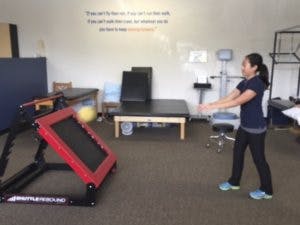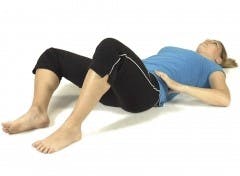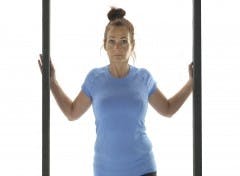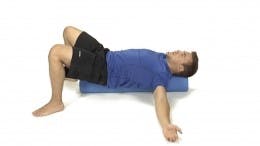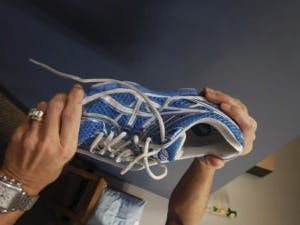

Kinesio Taping® Method is a modality developed in 1979 by Dr. Kenzo Kase, a chiropractor. He recognized that while his manual treatments were effective, they were usually temporary and he began looking for a treatment that his patients could utilize between treatments. He developed a tape that would support the joints of the body, and their surrounding soft tissues, but still promote normal joint movement, this was in contrast to the therapeutic tapes on the market at that time which primarily restricted joint motion. Kinesio Taping® Method can be used to treat patients with a variety of impairments, including but not limited to muscle imbalance, postural insufficiency, soft tissue (ligament and tendon) and joint injuries, and neurological conditions. Kinesio Taping® has gained popularity here in the USA as many athletes have used the tape during their sports competitions, including Lance Armstrong, David Beckham, Serena Williams and Rory McIlroy. Today, most physical therapy clinics utilize Kinesio Taping® on a regular basis with their patients.
Kinesio® Tex Tape, the tape developed by Dr. Kase for the Kinesio Taping® Method, is a latex-free, 100% cotton tape that is skin friendly for all ages and can be worn for multiple days. This allows patients to benefit from their physical therapy treatments between visits, which can help to improve the outcomes of their rehabilitation. The tape is water resistant which allows the patient to swim, sweat and shower while wearing the tape without compromising the effectiveness of the tape. While most people are familiar with the tape due to having seen its use with athletes, 85% of the applications for the tape are for the non-athletic population. While Kinesio Taping® Method can be very beneficial for the majority of our patients, it is important to recognize that there is a skill involved with the application and removal of the tape to ensure only positive results. There are certain medical conditions in which the application of Kinesio Tape ® would not be recommended such as with blood clots, over infections or open wounds. Other medical conditions would at least warrant the approval of the patient’s physician, some of which include diabetes, kidney disease and congestive heart failure. For this reason, it is important to find someone who has been properly trained in the application of the tape.
Here at North County Water and Sports Therapy Center, our therapists have many years of experience in the application of Kinesio Tape® and one of our therapists, Dr. Ryann Caciotti is a Certified Kinesio Taping Practitioner. In our clinic we use the Kinesio® Tex Tape that was designed specifically for the Kinesio Taping® Method. If you have any questions about how Kinesio Taping® Method may help you, please feel free to contact our office and set up a free 15- minute consult with one of our therapists.
For more information about Kinesio Tape®, and to see some research supporting its use, visit their website at https://kinesiotaping.com/research/published-research/.
References:
www.kinesiotaping.com
KT1 & 2: Fundamentals and Advanced Concepts and Corrective Techniques of the Kinesio Taping Method Course Manual
Clinical Therapeutic Applications of the Kinesio Taping Method. Kenzo Kase, Jim Wallis, Tsuyoshi Kase. 2003.
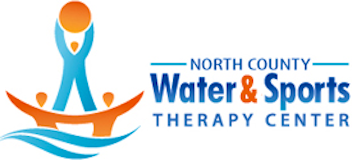






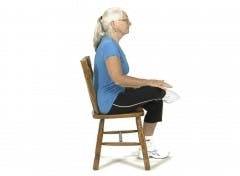 stretch in the buttock.
stretch in the buttock.
 at the middle back.
at the middle back.





